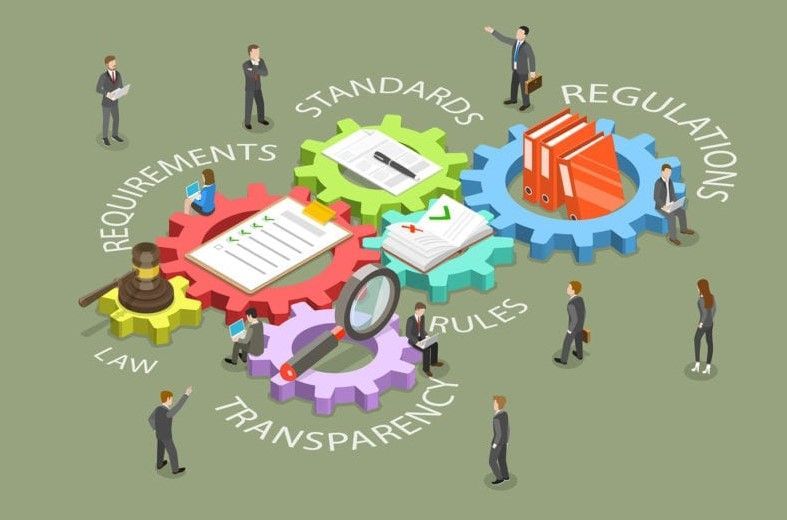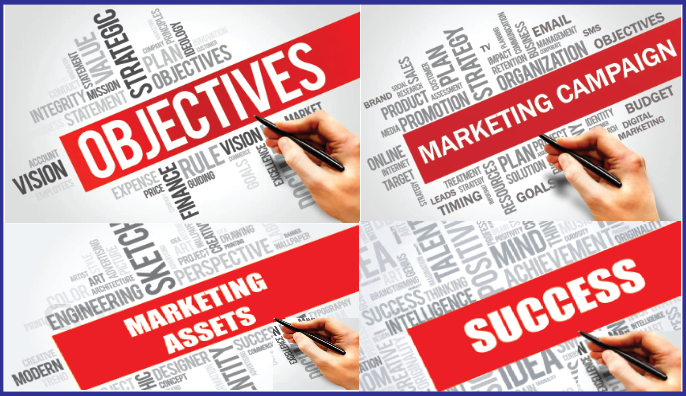Will Your Salespeople Finish Strong? 2023 Is Closing Down Fast
Q4 is just beginning and with less than 90 days left in the year. Are your sales where they should be? Is your marketing turning up the right leads? Is your growth plan on track? Check out these proven ways to sharpen sales.
It’s true. Slow, challenging, or uncertain times call for more investment in sales and marketing, not less. But few businesses bite that bullet. It’s easier to “see results” faster to just blindly cut back on marketing and promotion instead of giving sales forces more times at bat by stepping up to the lead generation plate. Why aren’t your salespeople getting the appointments they need?
Here are a few key steps you can take to sharpen sales without investing in marketing.
Separate Selling from Servicing. Too often, taking care of existing customers keeps salespeople from working on suspects and prospects. Plus some reps use it as an excuse for not meeting their new business numbers. So, consider designating some of your sales force to work only on developing new business, not servicing current customers. Or, perhaps just setting a percentage of time for each salesperson to focus on business development would work better for your operation.
Outsource Lead Generation. Most salespeople (more than 95 percent, in our experience) are not good at cold calling and don’t like it to do it anyway. Naturally, they procrastinate, sometimes never getting around to calling on prospects. Either way they drive up your costs by reducing their productivity. Cold calling requires special skills and personality types. So be sure to play to the strength of most business-to-business sales forces: face-to-face selling. Outsourcing lead generation can double the time your salespeople spend with viable prospects. (We’ve seen it happen over and over with clients who use our lead-generation services. Ask us.)
Shorten That Sales Cycle. An inefficient sales process gives most companies a skewed view of how many calls and how much time closing new business takes. We’re celebrating our 30th anniversary of helping companies grow their top lines, and we’ve met only a handful of companies that can’t cut their sales cycle in half by improving their sales process. But that requires analyzing first-call strategy and the efficiency of first, second, and third calls. That’s a tough task often best done by an unbiased third party. (Our popular consultative selling course, FOCIS®, helps companies reduce the length of their sales cycle by building selling skills and developing a customized sales process.)
Increase Your Prospect Database. Most companies we talk to have a database that’s too small to support direct marketing of any kind: mail, phone, or e-mail. Typical direct-marketing response rates can be as low as one-half of 1 percent and conversion—“closing the sale”—rates even lower. Marketing to a list of 200 names just can’t produce results. But finding the right list of new names will improve your odds of success and breathe life into a tired database. That means testing new lists with small mailings.
Post a Post Card. Especially for smaller companies, using tried and true—and less expensive—promotional techniques can grow your list. Post cards are an attention-getter because you don’t see them as much anymore. They’re almost a novelty. The best news, however, is that a simple, straightforward post card mailing can generate interest from new prospects and improve promotional ROI when used with your current customers even with direct mail’s traditionally low response rates. The cost is simply much lower than that of heavier, more elaborate direct-mail packages. Following up with phone calls is another response booster.
A Closer Look. On the other hand, “lumpy mail” can work well, even if it is more expensive. One of our clients sends out a ViewMaster showing how sensors can measure atmospheric conditions to reduce the risk of repairing or replacing new flooring. Another client encloses a small magnifying glass in a mailing that asks prospects to “take a closer look” at their cybersecurity risk. In each case we call within a day of the mailing. “Lumpy” mail and timely cold calling leverage each other to boost response rates and appointments.
Rethink Your Sales Presentation. Most presentations we see, even the “polished” ones, are really canned pitches. They educate but don’t persuade. They parrot the same information to every prospect and stick a price tag on it. A truly persuasive presentation can boost your closing rates and drop the cost of sales dramatically. A persuasive sales process guides your prospects to discovering for themselves whether your product or service matches their needs. We can teach your people how to do that.
Really Manage Your Sales Pipeline. Don’t kid yourself. Simply counting how much goes in one end of the sales funnel and how much comes out the other isn’t sales management. That requires “seeing into the funnel” with new eyes—and maybe sales software to improve focus. You might know that some reps are “stuck” but you don’t know where. Software can help identify the sticking points rep by rep. Then you can provide the right support at the right times. Identifying unproductive behaviors salesperson by salesperson is critical. Contact management and CRM software each perform valuable functions, but they don’t influence outcomes.
Do Something Now! Too many companies “wait for the holidays to be over” or for “a big new order to come in.” Investing in marketing and sales is like putting money into a savings account. Getting started and staying with it are more important than how much you put in or how crisp, clean, and pretty the dollar bills are. The “time value of action” is just as impressive as the “time value of money”—sometimes more so. During corporate slow periods, recruit managers who don’t normally sell to help out. Just about any manager, including the CEO and CFO, can spend time selling if the business cycle has reduced their normal workload. Plus, talking to prospects and customers is never a bad thing for managers at any management level.
Trim Your Weakest Links. This step can be painful but it can produce the results you need. Sales representatives fall into four performance groups. The “A’s” are the 20 percent that usually produce 70 to 80 percent of new business. Just leave them alone for now. (In the future, they can benefit from specialized training in consultative selling.) The “B’s” aren’t as productive, but motivation and light training can move them toward A-level performance. The “C’s” are the largest group. They require extensive training but are open to learning. And the “D’s”? Well, they don’t seem to learn and, worse, they don’t practice what they do learn. Let them go.
Put the “C’s” on Notice. State clearly that only the top 50 percent will survive. Set a deadline to let the other 50 percent go. You can’t ever afford to carry “C’s” who don’t get better, but the drag is especially heavy in difficult times like these.
If you have questions or would like to discuss how we might fit into your marketing and sales efforts, just contact me at (847) 446-0008 or pkrone@productivestrategies.com .
Even Better: Finish this year strong—and start the New Year stronger. Take advantage of a complimentary, one-on-one, Q4 discovery session to get an unbiased reality check on where you are now and where you might be going in 2024—good and bad. We’ll apply the same insightful, productive approach we use with our clients and devote up to 45 minutes to help you gain invaluable outside perspective. Call us at 847-446-0008 or email me at pkrone@productivestrategies.com to schedule a time to talk.
The post Will Your Salespeople Finish Strong? 2023 Is Closing Down Fast appeared first on Productive Strategies, Inc..









